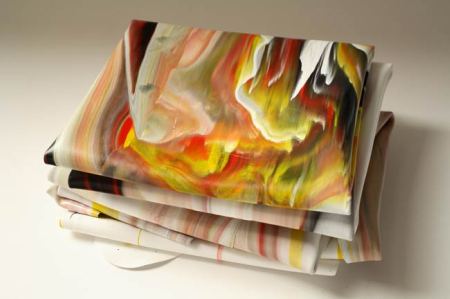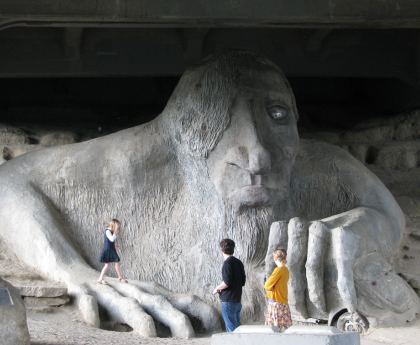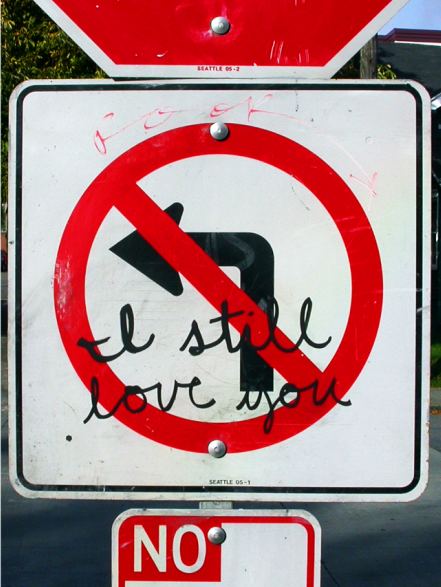Tim Roda comes from a family of makers. His Italian-immigrant grandfather and father built the family home out of the same scrap and recycled wood with which they
built their chicken coop.
My father built a two-car garage whose
three sides look like a patchwork quilt of various wood surfaces and
textures. Although I used to question my father and grandfather’s way
of building and “fixing” things, I now recognize and embrace this style
not simply as a legacy but as an hereditary fingerprint.
As a father himself, Roda is intent on passing on the scrap aesthetic that made his home distinctive from his neighbors. His oldest son Ethan has acted in his father’s fantasies since he was a toddler. Ethan’s grace makes those fantasies credible within improvised clutter of his father’s stage sets.
Perfection is attainable in photography. Those who pay for equipment can achieve pristine results at the press of a button. Roda’s are rough.
The rough edges, erratic fixer stains, and haphazard tonal range are
suggestive of the working class way of life my grandfather experienced
when he came to America as an Italian immigrant. This set of values was
passed down to my father and then to me with all of its eccentricities.
From mythical beast to the Children’s Crusade, weapons are crucial to the tale.
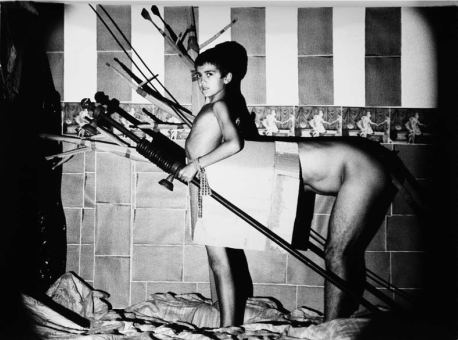 Artists find models in their families, but the idea of collaborations between partners was rare before the early 20th century, most famously between
Artists find models in their families, but the idea of collaborations between partners was rare before the early 20th century, most famously between
Robert and Sonia Delaunay, who had separate careers but shared ideas
for each other’s projects.
Although Christo and his wife, Jeanne-Claude, began working together soon after
they met, the full extent of her contribution wasn’t acknowledged
for several decades.
Children enter the picture with the Boyle Family. Mark Boyle created his work in sync with his wife,
Joan Hills, and eventually decided to share a credit line not only with
her but with their adult children, Sebastian and Georgia.
Some women married into major art careers, such as the late Coosje van
Bruggen, who married Claes Oldenburg; or Nancy Reddin, married to the
late Ed Kienholz. Both couples signed their joint names to work
produced after they set up housekeeping, although the fundamentals of
style were grounded in the husbands’ aesthetic.
Sally
Mann, Ralph Eugene Meatyard and Emmet Gowin all created tableaus
featuring their offspring. In Seattle, Zack Bent‘s staged shots grow out of what his kids feel like doing or what they do accidentally, within the context of throwing a ball, building a fort,
helping with chores, wrestling and playing in the yard.
For high family theatrics, nobody beats the videos of Guy Ben-Ner or the photographs of Tim Roda. In the latter’s exhibit at Greg Kucera, the high jinx of earlier work is largely gone, replaced by a darker tone.
The photo below is untitled, but if it came with text, it might be: Lamb of God, who takest away the sins of the world, have mercy on us. We ask this even as we kill the Lamb. In its slaugher is our redemption.
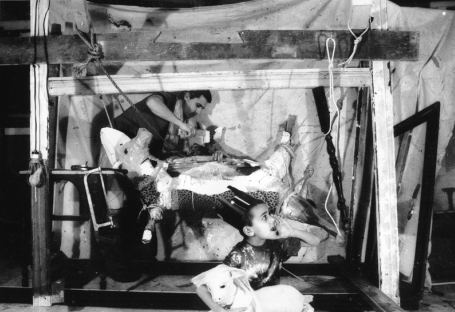 Below, the child is again ensnared by emblems of Catholicism. The legs of an ornate table become a heavy loop of rosary beads, and the planks of wood serve as the foundation for a Cross within an overbearing grid of rules.
Below, the child is again ensnared by emblems of Catholicism. The legs of an ornate table become a heavy loop of rosary beads, and the planks of wood serve as the foundation for a Cross within an overbearing grid of rules.
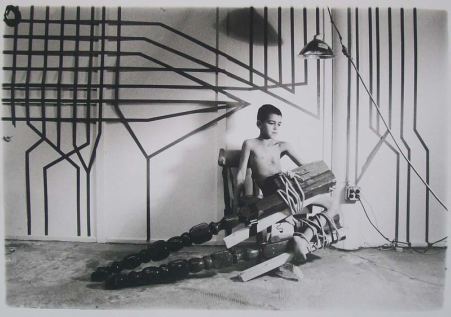 Through Nov. 14.
Through Nov. 14.



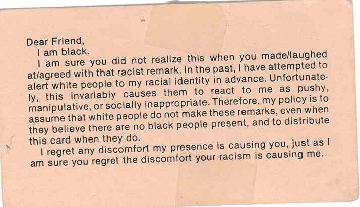 Now, from
Now, from 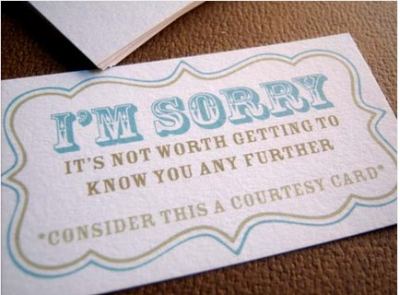
 Back then, however, he wouldn’t have been tapped for the top take-away. Even casual observers would have noted what he owes to
Back then, however, he wouldn’t have been tapped for the top take-away. Even casual observers would have noted what he owes to 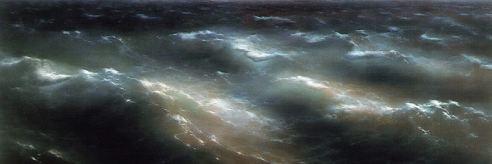 Meanwhile, the Financial Times
Meanwhile, the Financial Times 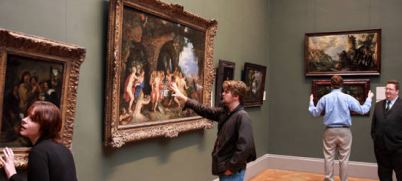
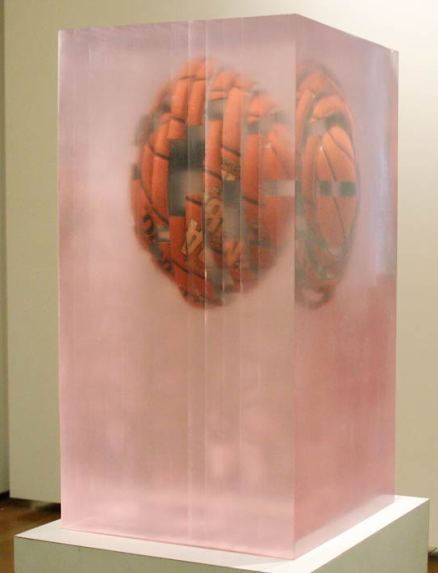 Daly makes art as if the world were a bellows, breathing in and out. On the exhale, faces, furniture and (most recently) sports equipment pull apart in fragments. On the inhale, they reform, but not necessarily in their original shapes. Two chairs become one, or one becomes two.
Daly makes art as if the world were a bellows, breathing in and out. On the exhale, faces, furniture and (most recently) sports equipment pull apart in fragments. On the inhale, they reform, but not necessarily in their original shapes. Two chairs become one, or one becomes two. 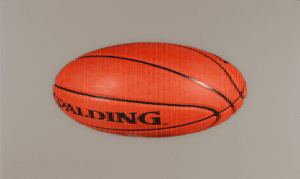
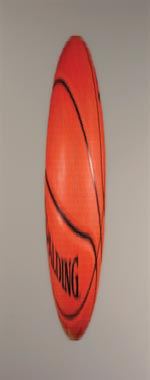
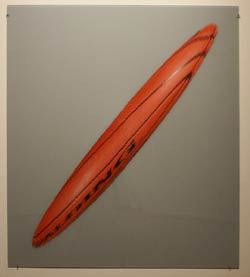 He’s his own fun house mirror.
He’s his own fun house mirror.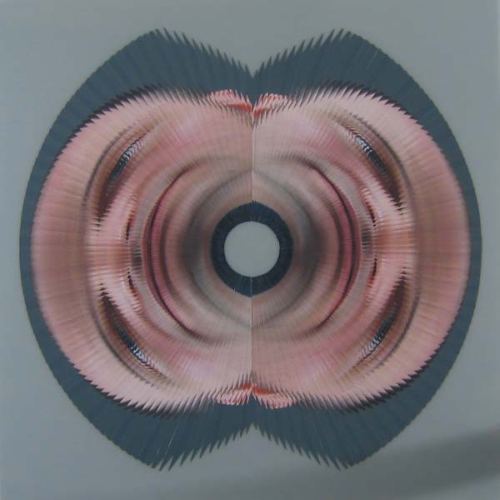 Through Nov. 14. His Web site
Through Nov. 14. His Web site 